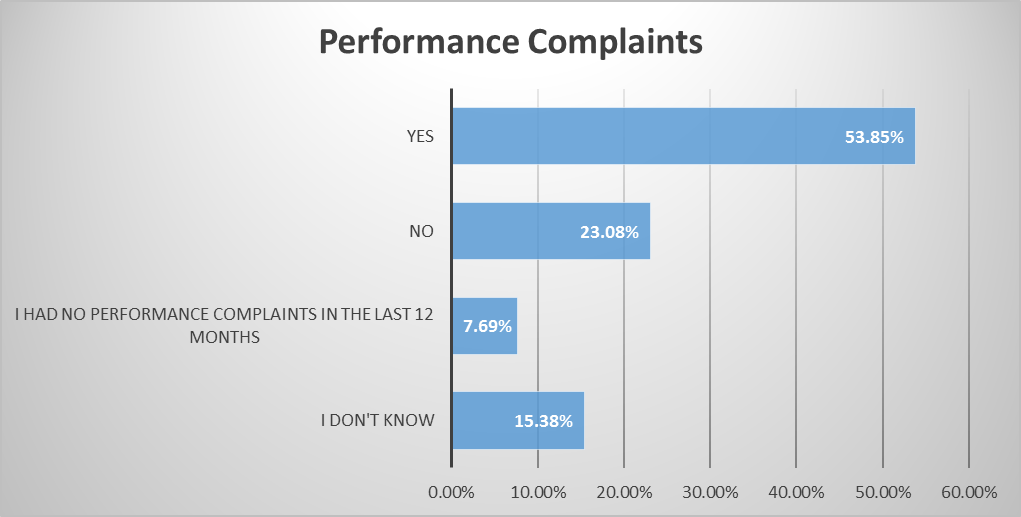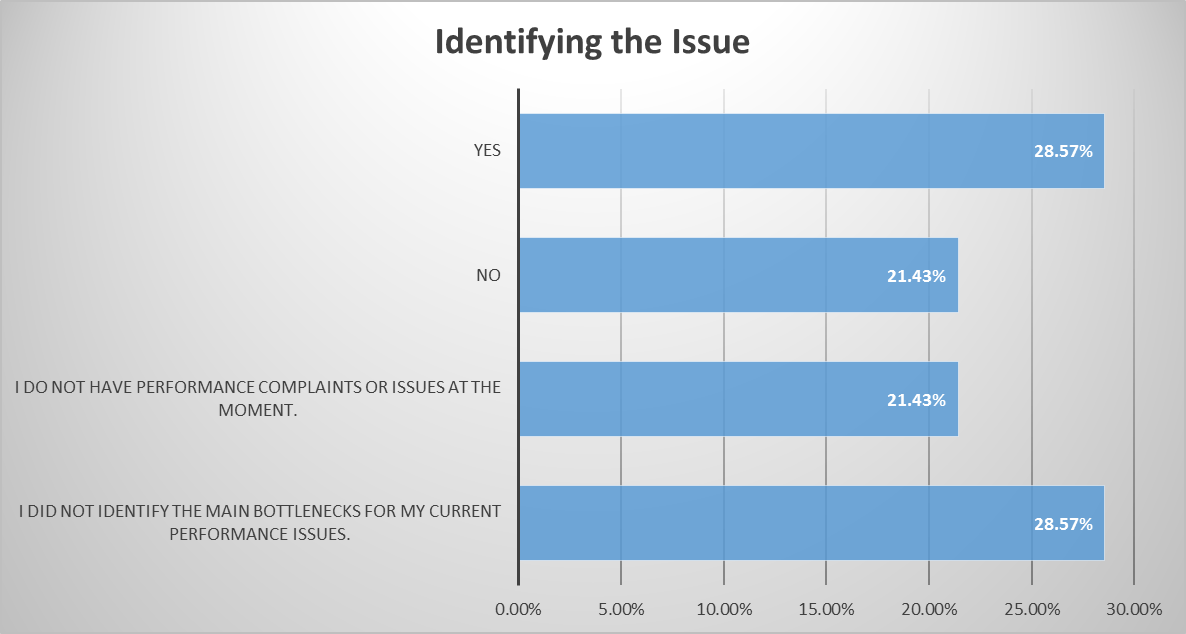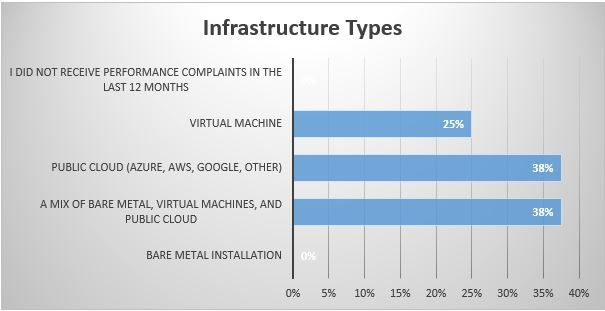In a recent DataCore webinar, Improving Performance with Parallelism in the I/O Stack, we spoke about two common phenomena that many IT professionals observe nowadays:
- Data is accumulating at increasingly higher rates from an expanding number of sources.
- The time required to process transactions and analyze data is rapidly shrinking, as enterprises must move to real-time data access and analysis to stay competitive.
Traditional approaches to address these issues and speed up applications include deploying new hardware and code refactoring. Many times, however, these approaches are not viable – particularly in the short term – due to implementation risks, cost, and timelines.
In the webinar, we’ve discussed alternatives to traditional approaches and talked about how parallelism in the I/O layer impacts performance, particularly in database servers, and a software-based alternative from DataCore to mitigating I/O problems.
We’ve asked our audience 3 questions throughout the webinar, and since we can draw some interesting conclusions from the responses we’ve got, I’d like to highlight them.
1. Have you received performance complaints in the last 12 months?
A pretty high amount of participants heard complaints about application performance from their clients, at nearly 54%. However, it’s just not surprising since slow application performance is consistently reported as one of the most common IT pain points.

2. Do you currently have a performance issue caused by I/O waits?
Almost 29% of the participants have already identified that the performance issue they are experiencing is related to I/O waits, whereas another 29% has a performance issue but didn’t identify the root cause yet. In other words, about 60% of the participants have an issue with performance and 40% don’t, which is consistent with the responses in question one.

3. Which infrastructure type presented the most serious performance issues in the last 12 months?
Aside from the “Bare Metal Installation” option, this is a mixed result with no apparent winning response. To summarize:
- Performance issues can present themselves in any virtualized environment.
- In cases where public cloud is a part of the infrastructure, we would call upon the users to carefully monitor the situation, since, unless they use –typically quite costly- premium cloud services (e.g., SSD storage, IOPS boost), their VMs would likely be served by HDDs and that could lead to performance bottlenecks.

In summary, it’s safe to say IT organizations are feeling the pressure – as heavy workload demands rapidly increase amounts of data, and legacy code converge to overwhelm the infrastructure of mission-critical applications, it ultimately threatens the business’ ability to compete effectively.
So how do you overcome these obstacles without expensive alterations to your infrastructure or application code? Well, DataCore offers a unique plug-and-play software alternative – – that eliminates sluggish I/O performance in the host and leverages the full potential of your CPUs, memory to yield more responsive applications and optimal use of available resources.
_____________________________________________________
Watch our webinar, Improving Performance with Parallelism in the I/O Stack, to learn more and see a demo of MaxParallel today!